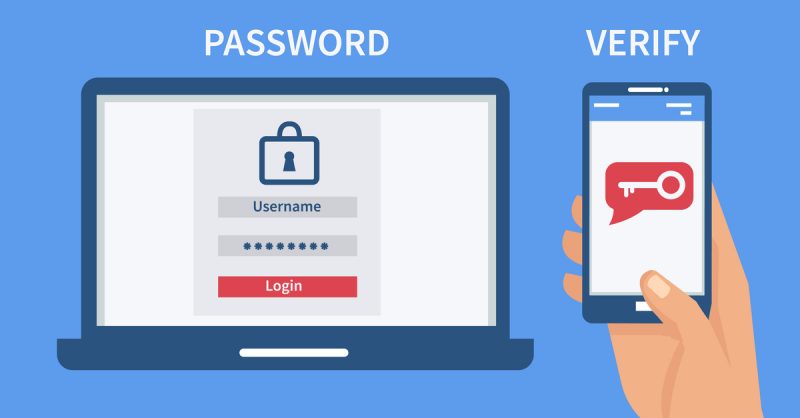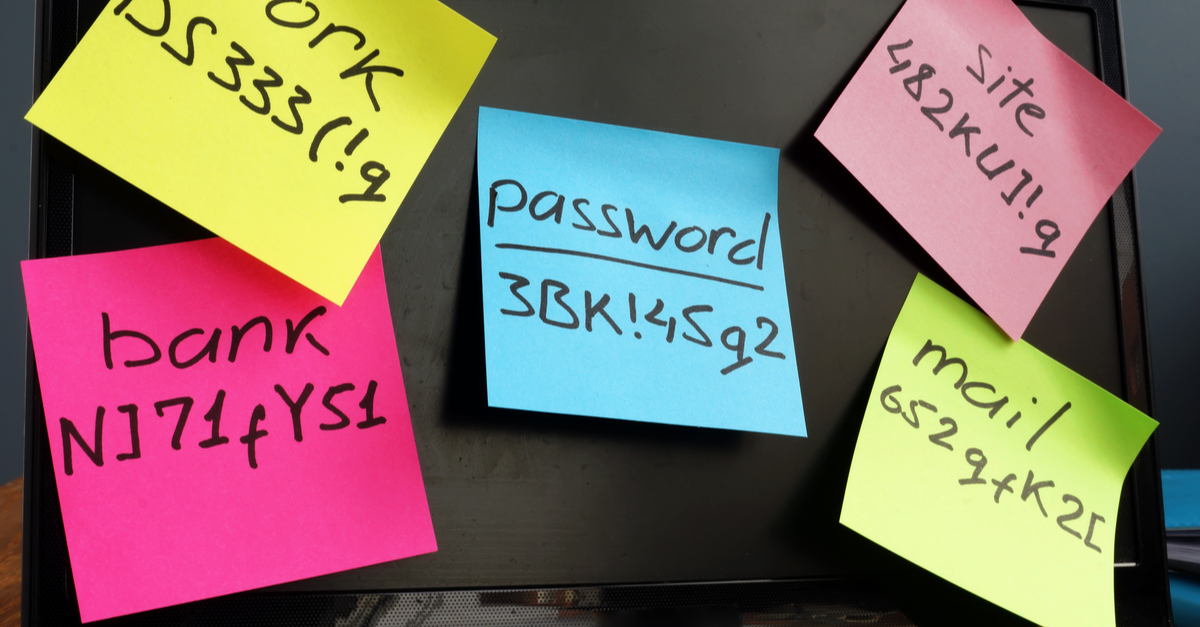Estimated reading time: 2 minutes
Reusing old passwords is nobody’s business, but tricky cybercriminals, unfortunately. It fits you and everyone you know in your company to add additional security measures to your accounts and memberships. It’s time to throw out “Password2019!” and invest in more promising tactics, like Multi-Factor Authentication. Here we’ll discuss the pros and almost-cons of MFA and how it can impact enterprises, small and large. 
Multi-Factor Authentication Who?
With the rise of data breaches to our left and right, generic passwords just aren’t cutting it anymore. That being said, passwords won’t last forever, seeing as how they generally have an expiration date that sneaks up out of nowhere. It’s hard to create a brand new password every time, that is both unique and complex enough that a hacker couldn’t compromise it. That’s where MFA comes into play.
Typically there are three factors that come into play when it comes to securely gaining access to one’s account with MFA.
| Something you have (Backup Access to Text Messages to Receive Verification Codes | Something you know (A PIN or Password that you have set) | Something you are (A Biometric Fingerprint or Retina Scan) |
MFA ensures that only authorized users can gain access to the designated account. Remember, passwords won’t last forever. Passwords are intended to act as a barrier to entry points. Each password is unique to the user and platform that is being utilized. MFA can be your best bud, if you let it.
Multi-Factor Authentication secures your platform and it is also presented in a very seamless UX mode. The user will feel safer in their workplace accounts and memberships, when it comes to filling out sensitive information.
Codes, Just in Case
One time code generators are popular as well to help keep security measures in line, as well. The code generator can craft out a one-time passwords. This can eliminate the threat of an attacker learning more about static pass that they could potentially use to steal your data.
 In recent news, FBI officials have declared that MFA alone is no longer the safest pathway. Cybercriminals are outsmarting MFA with machine learning strategies and it’s vital that users add as many security walls as possible to place protection where it’s needed.
In recent news, FBI officials have declared that MFA alone is no longer the safest pathway. Cybercriminals are outsmarting MFA with machine learning strategies and it’s vital that users add as many security walls as possible to place protection where it’s needed.
Many users share their personal data across social media platforms, without knowing it. This grants cybercriminals with an open door towards figuring out how to break knowledge-based authentication.
When it comes to securing your accounts, make sure you work with your enterprise to ask for updates and verification, as things change. Ditch the lame passwords and pack on the trusted security measures.

